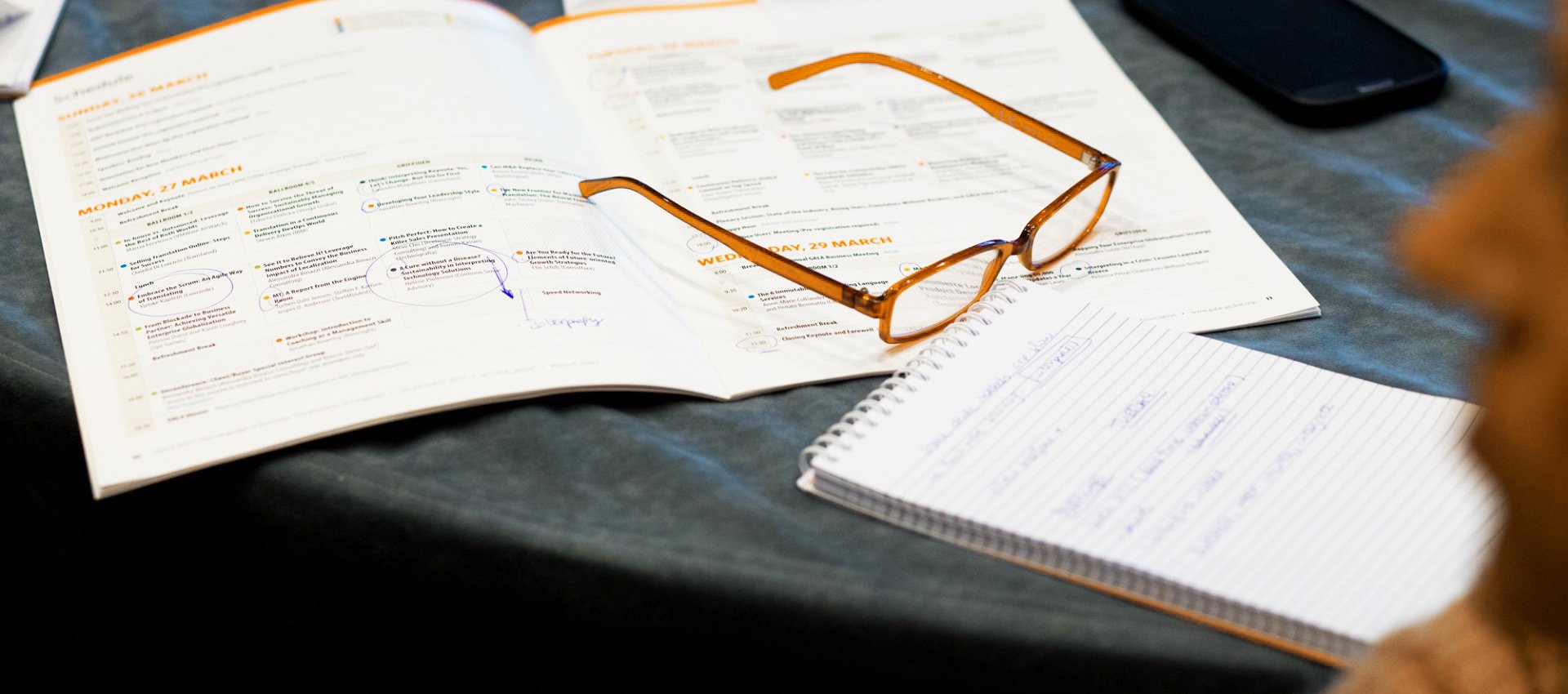- Home
- Resource Center
- Articles & Videos
- Overview of the European Accessibility Act: What Localization and Translation Businesses Need to Know
11 November 2024
Overview of the European Accessibility Act: What Localization and Translation Businesses Need to Know
The European Accessibility Act (EAA), officially known as Directive 2019/882, was adopted by the EU on April 17, 2019. Its primary focus is on enhancing accessibility for individuals with disabilities by ensuring that products and services from private companies, particularly online platforms, comply with established accessibility standards.
Spurred by the foundational Directive 2016/2102, which demanded that public body websites be accessible, the EAA extended this framework to the private sector. In this blog post, we’ll explore the essential aspects of the European Accessibility Act and assess how it shapes the future of digital accessibility within the localization and translation industry.
What is the European Accessibility Act (EAA)?
Designed to facilitate market access for people with disabilities, the EAA aims to "remove and prevent obstacles to the free movement of accessible products and services." This approach balances the diverse accessibility requirements prevalent in EU member states and simplifies compliance for businesses.
As highlighted in the directive:
"The demand for accessible products and services is high, and the number of people with disabilities is expected to increase significantly."
The ultimate goal is to standardize accessibility to critical guidelines established by the World Wide Web Consortium (W3C), commonly recognized as the Web Content Accessibility Guidelines (WCAG).
Key Features of the EAA: Scope and Application
According to Article 2 of Directive 2019/882, the EAA encompasses specific products and services that will require accessibility adaptations beginning June 28, 2025. Key highlights include:
- Products Included:
- Hardware systems and generic consumer computing systems.
- Electronic communication devices and services like ATMs and ticketing machines.
- Services Included:
- Electronic communications and access to audiovisual media, transport services, and e-commerce.
It's noteworthy that some content, such as time-based media published before the deadline, or third-party content beyond the economic operator's control, is excluded from this legislation.
Economic Operators under the EAA
The directive applies to "economic operators," ranging from manufacturers to distributors, essentially everyone in the product and service supply chain. However, there are exceptions:
- Micro-enterprises: These companies (with fewer than 10 employees and an annual turnover less than €2 million) are exempt from stringent accessibility requirements but may receive support for implementation.
- SMEs: Each small and medium-sized enterprise (employing fewer than 250 people) may avoid accessibility measures considered overly burdensome concerning their operational capacity.
Implementation Timeline: What to Expect
The European Accessibility Act became effective 20 days post-publication in the Official Journal of the European Union, with key deadlines:
- June 28, 2022: Member states had to transpose the EAA into national law.
- June 28, 2025: This marks the compliance deadline for businesses and service providers.
- Potential extensions to June 28, 2027 could apply if member states decide locally.
Implications
This legislation implies the necessity of enhancing digital accessibility features in products being translated or localized for the European market. Businesses must ensure their websites and applications are designed with inclusivity in mind, providing equal access to information and services for individuals with disabilities.
Strategies for Compliance
1. Training and Practices: Equip teams with knowledge regarding accessibility standards and how they apply to documentation, software, and web content.
2. Collaboration with Developers: Work closely with tech teams to ensure website sections and user interfaces are compliant with WCAG.
3. Utilization of Tools: Implement accessibility validation tools that can identify and mitigate inaccessible content.
Conclusion
The European Accessibility Act is a transformative piece of regulation that heralds crucial reforms in digital accessibility, with far-reaching implications for the localization and translation sectors. By understanding and adapting to the EAA’s requirements, businesses not only comply with legal mandates but also contribute to building a more inclusive society.
Isabella Massardo
Content strategist at GALA. A linguist and technologist who has lived in Italy, Russia and the Netherlands. Through GALA, Isabella offers the translation community content that’s relevant, reliable, and timely. She is always on the lookout for thought-provoking globalization and localization topics.


